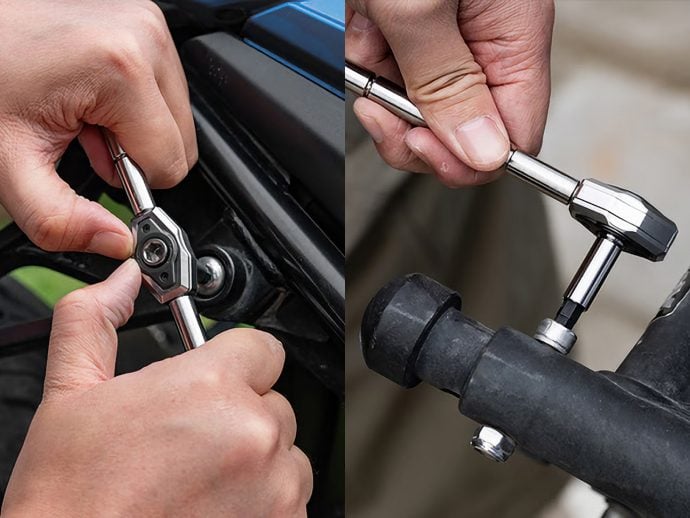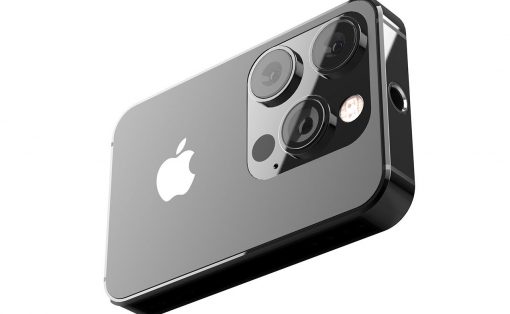The Third Thumb is an extraordinary prosthetic innovation developed by Dani Clode and her team at University College London. Unlike traditional prosthetics that replace a lost limb, this device adds an extra thumb to the hand, significantly enhancing the human body’s capabilities. This 3D-printed, wearable thumb attaches opposite the biological thumb and is controlled by a unique system involving pressure sensors under the toes. These sensors communicate wirelessly with the thumb through a device worn around the ankles, allowing users to manipulate the thumb by applying pressure with their toes.
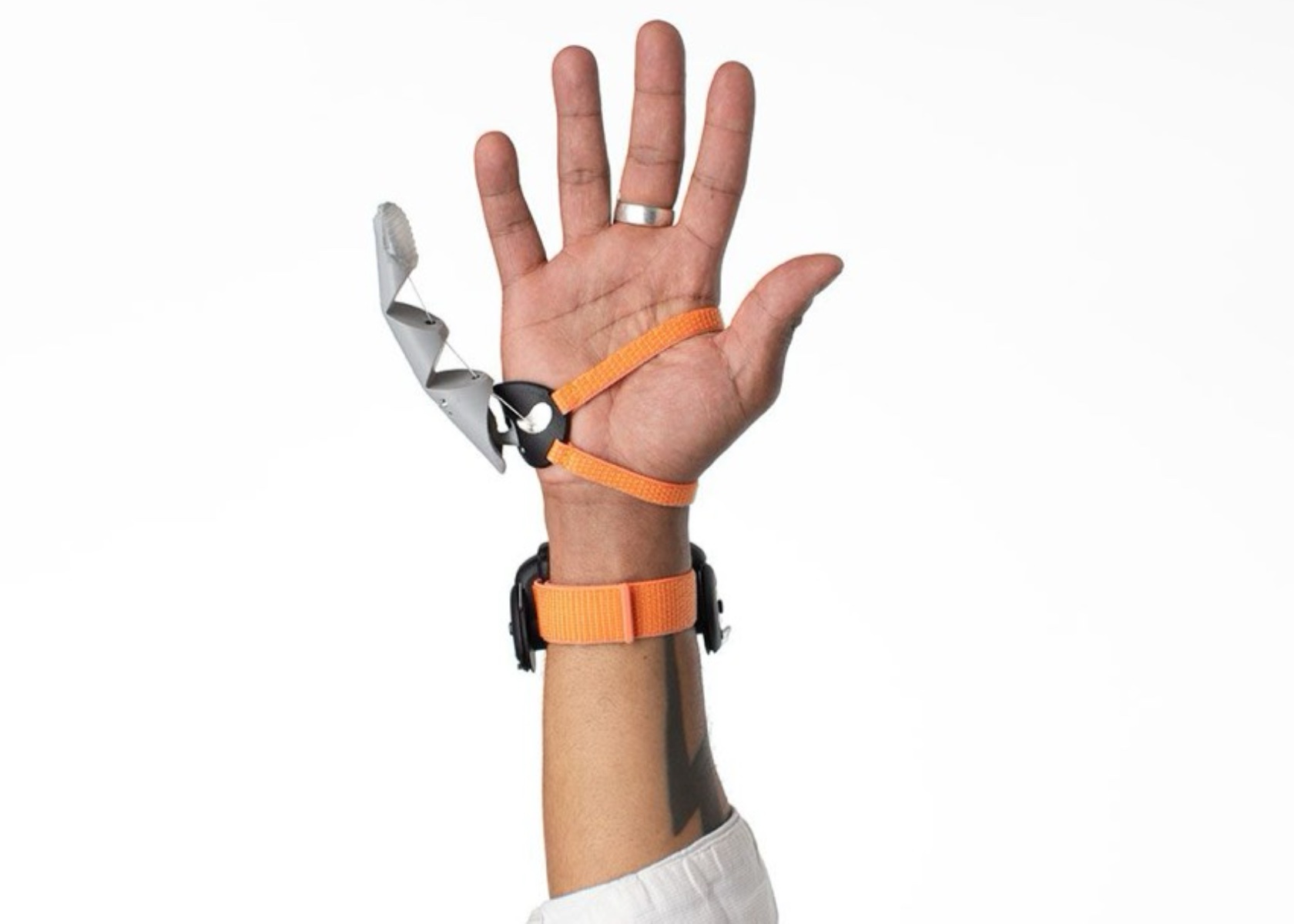
Designer: Dani ClodeDani Clode
The potential uses for the Third Thumb span a range of everyday and specialized tasks. For instance, consider a busy parent juggling grocery bags, a phone, and keys. An extra thumb can make it easier to carry more items at once, reducing the number of trips back and forth to the car. It can hold a phone steady for video calls or scrolling through social media, freeing up the other hand for additional tasks. Cooking also becomes more manageable, as the extra thumb can hold food in place while cutting, providing better stability and precision.
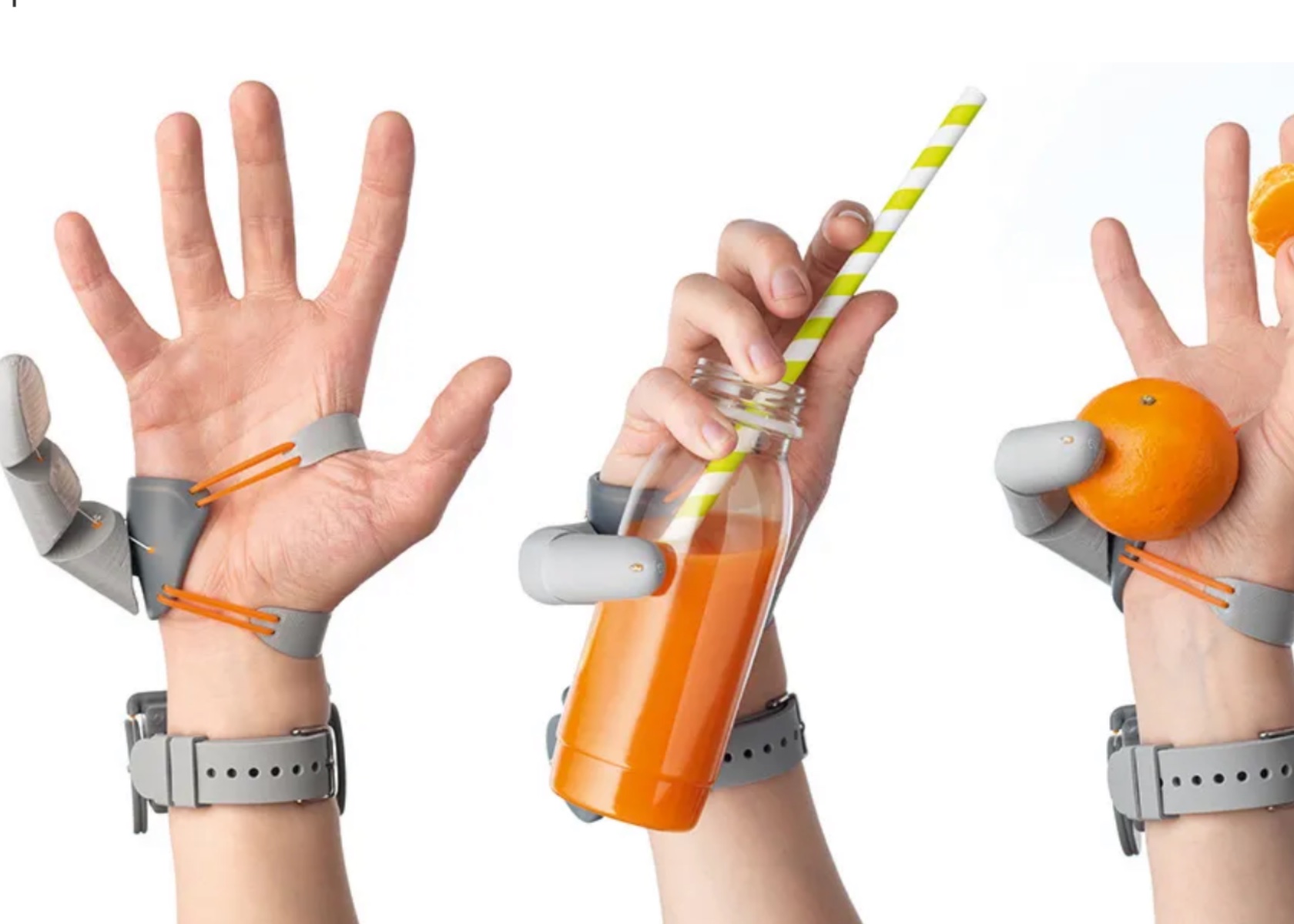
In professional settings, the Third Thumb shows even more promise. Musicians, for example, can use the thumb to unlock new playing techniques and enhance their performance. Guitarists can reach additional notes and chords previously out of reach, while pianists might find new ways to tackle complex pieces. Drummers could use the thumb to hold additional drumsticks or percussion instruments, allowing for more dynamic and intricate rhythms.
Manual laborers and artisans can benefit from the Third Thumb’s ability to hold tools and materials. Imagine an electrician who needs to keep a wire in place while using both hands to operate tools. The extra thumb can securely grip the wire, making the task more efficient and safer. Carpenters and woodworkers can hold pieces of wood or nails in place, freeing up their hands to use saws, hammers, or drills with greater control and precision.
Surgeons and medical professionals are another group that could see significant advantages from using the Third Thumb. In surgeries requiring high dexterity and precision, an extra thumb can hold instruments or tissues, allowing the surgeon to perform delicate procedures with greater ease and stability. This could potentially reduce the time needed for certain operations and improve patient outcomes.
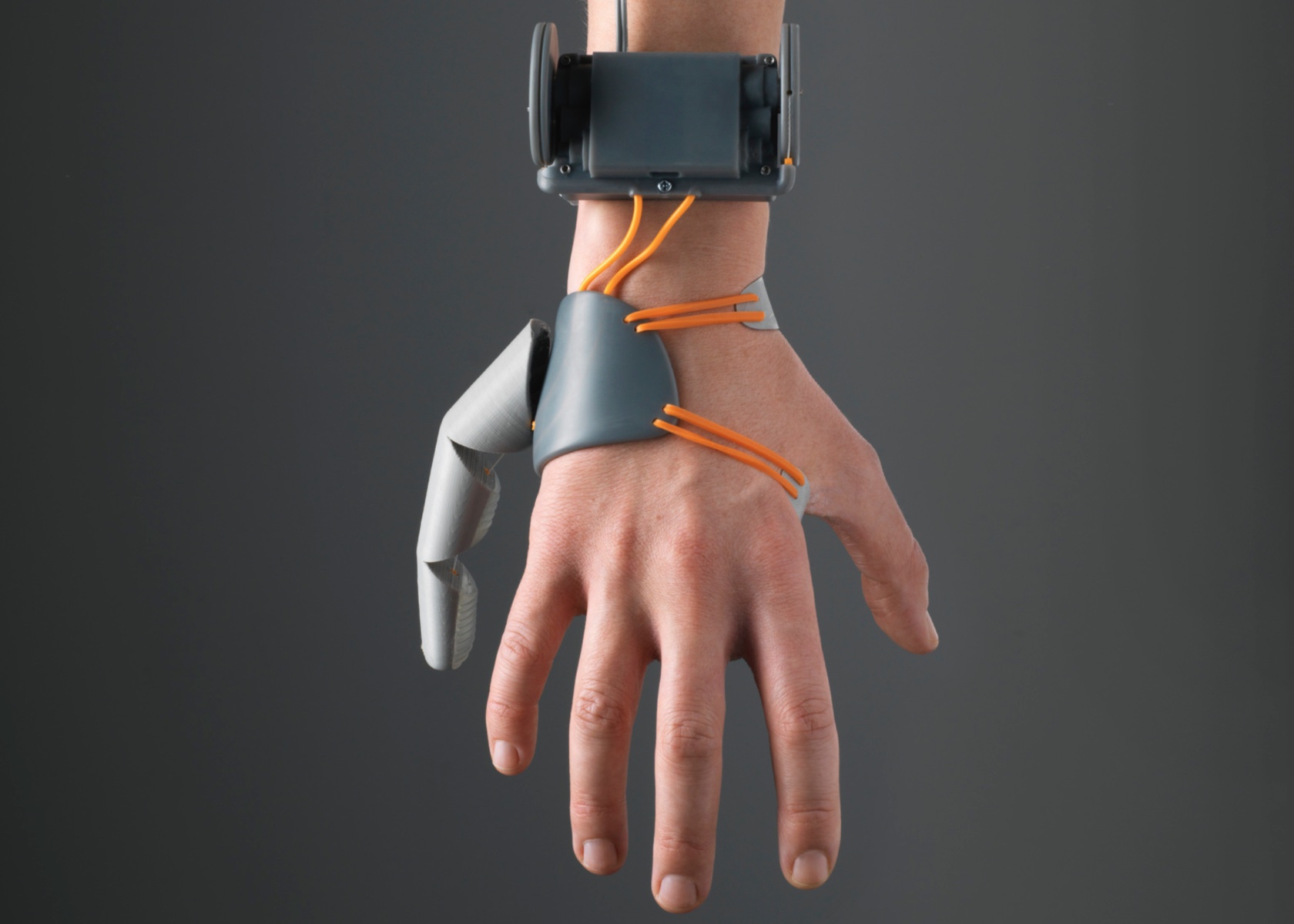
The device’s versatility extends beyond these specialized fields. Bartenders, for instance, can use the extra thumb to hold bottles and glasses, making it easier to prepare complex cocktails during busy shifts. Chefs benefit from the additional grip when handling multiple ingredients or plating dishes with intricate presentations. Even office workers find value in the Third Thumb, using it to hold a phone or notepad while typing or taking notes during meetings.
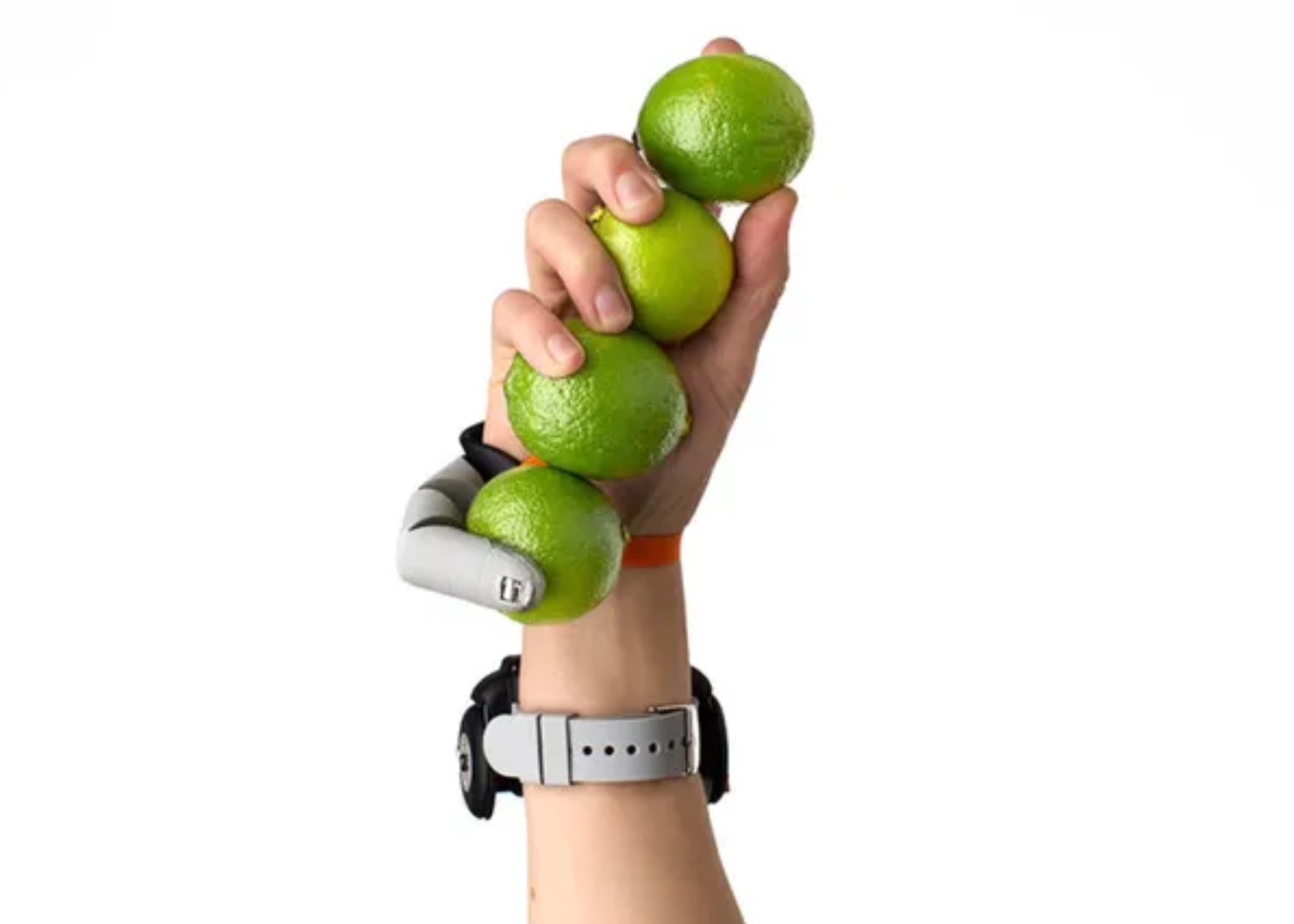
Students and teachers can leverage the Third Thumb to manage multiple tasks simultaneously in educational settings. Students can hold textbooks or tablets while taking notes, enhancing their ability to study and learn. Teachers can use the extra thumb to hold teaching materials, allowing them to interact with students more effectively and manage classroom activities with greater ease.
Despite its many potential benefits, the necessity of the Third Thumb for the general public remains a point of discussion. For most people, the traditional two-thumb setup has proven sufficient for daily tasks and activities. However, the device’s ability to enhance efficiency and multitasking could appeal to a broad audience, especially those who frequently manage multiple items or tasks simultaneously.
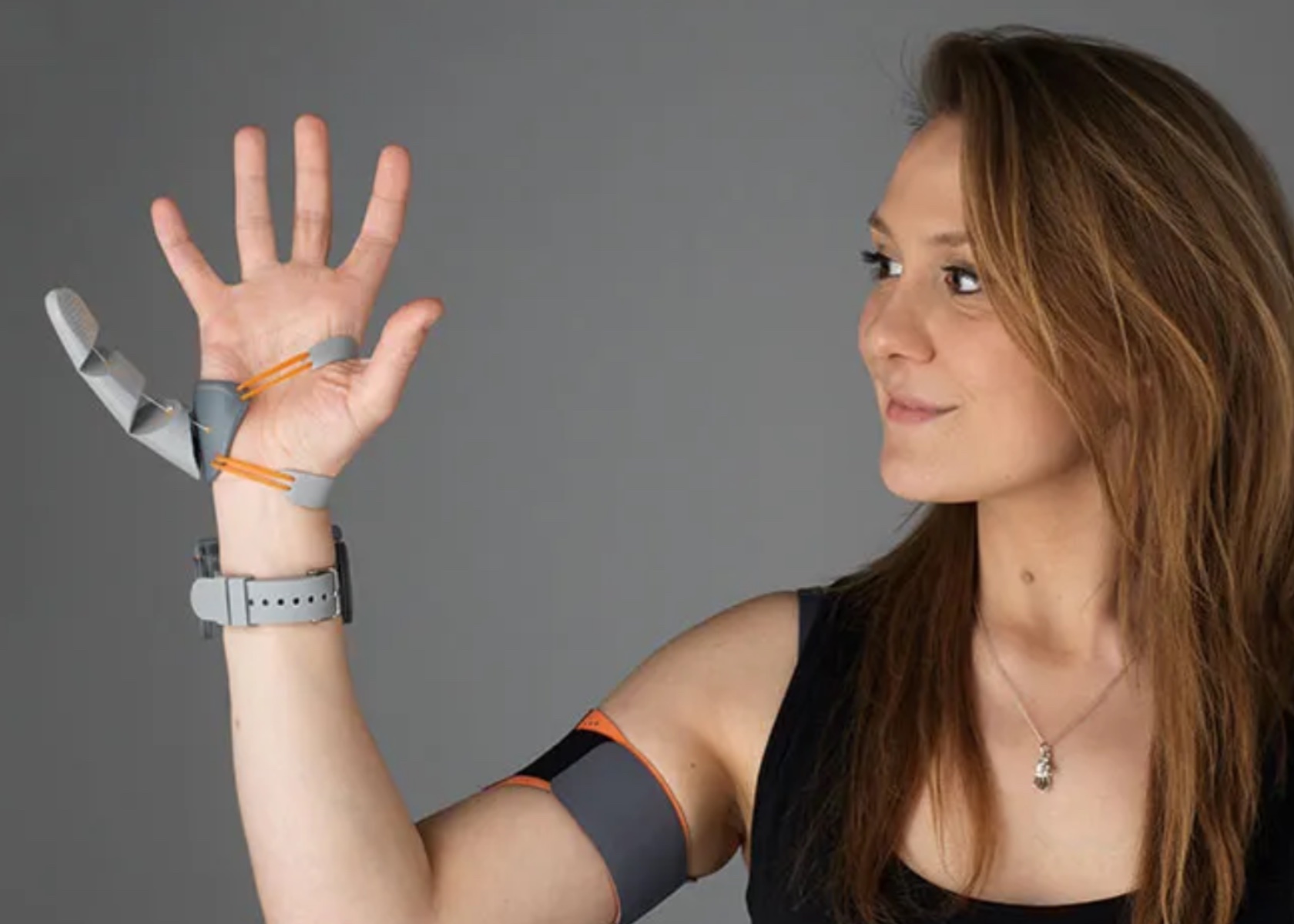
The ease of use and adaptability of the Third Thumb are key factors in its potential adoption. During trials, including demonstrations at the Royal Society Summer Science Exhibition, participants quickly adapted to the device with minimal training. Remarkably, 98 percent of participants could use the thumb immediately, demonstrating its intuitive design. The control mechanism involves pressure sensors under the toes, which communicate wirelessly with the thumb through a device worn around the ankles. Pressure from the right toe moves the thumb across the hand, while pressure from the left toe moves it toward the fingers. This intuitive setup allowed users to quickly understand and manipulate the extra thumb, making it suitable for seamless integration into daily routines.

As with any new technology, bringing the Third Thumb to a larger audience will be challenging. Manufacturing, marketing, and distribution will be crucial in determining its success. Additionally, the device’s affordability and accessibility will be important considerations for widespread adoption.

